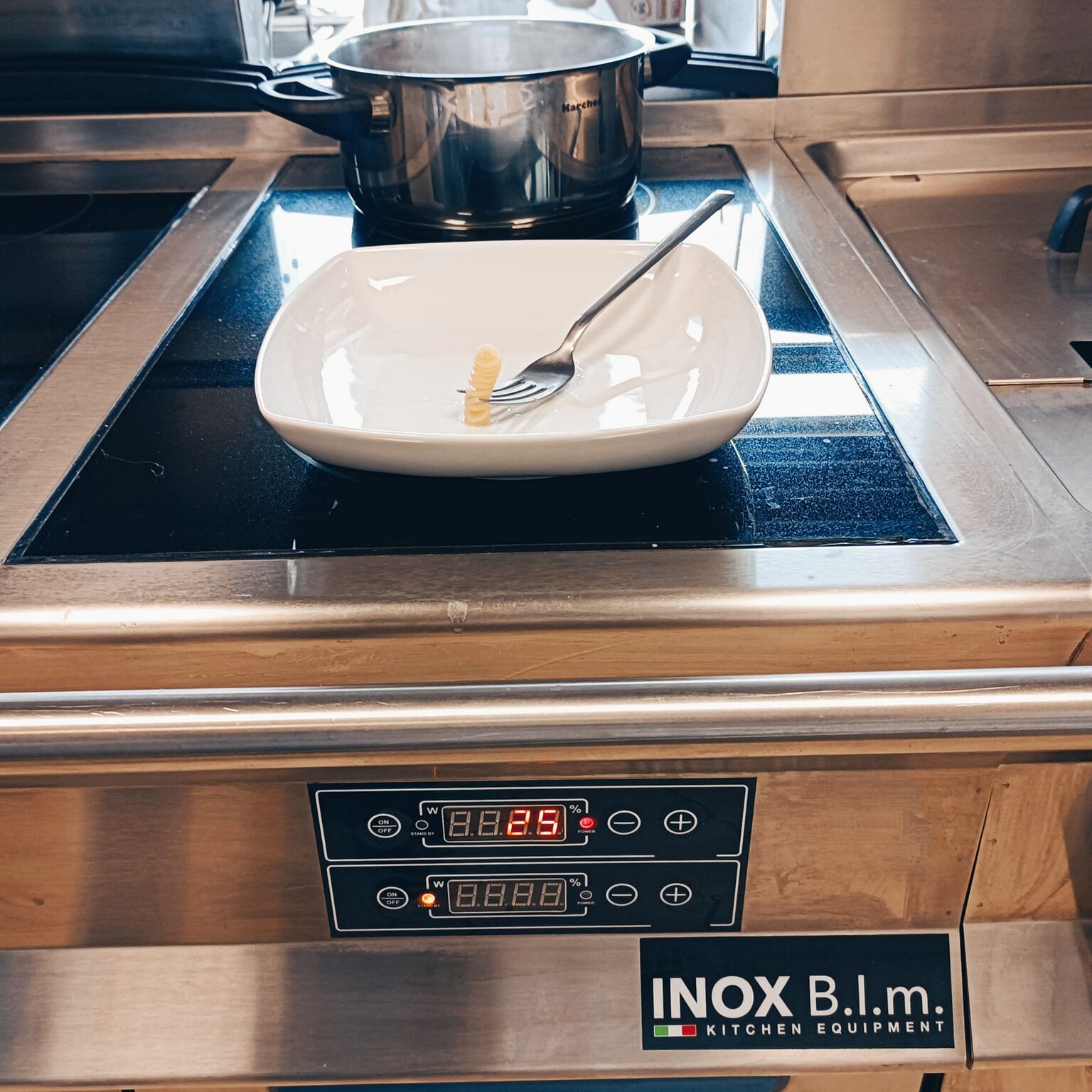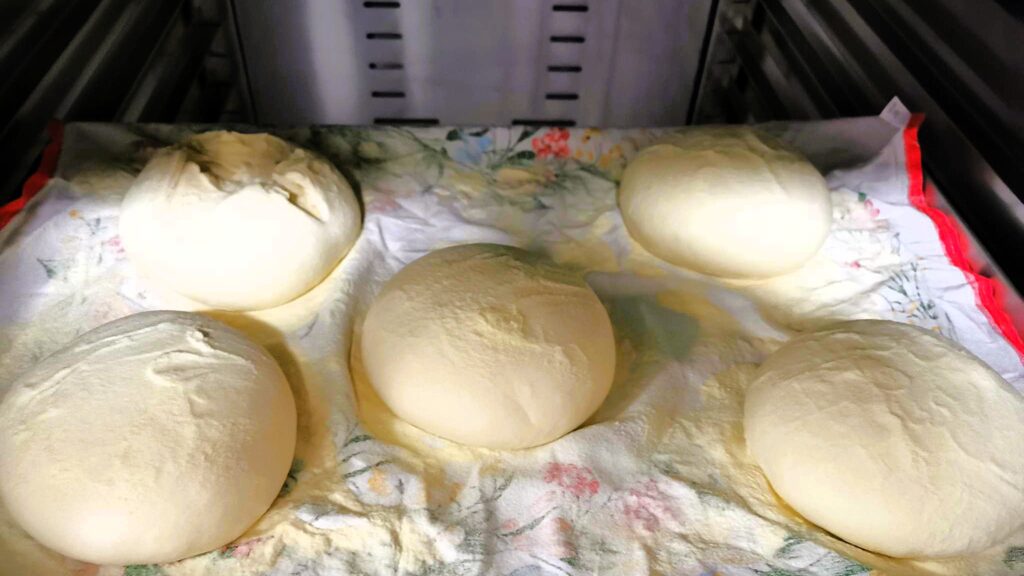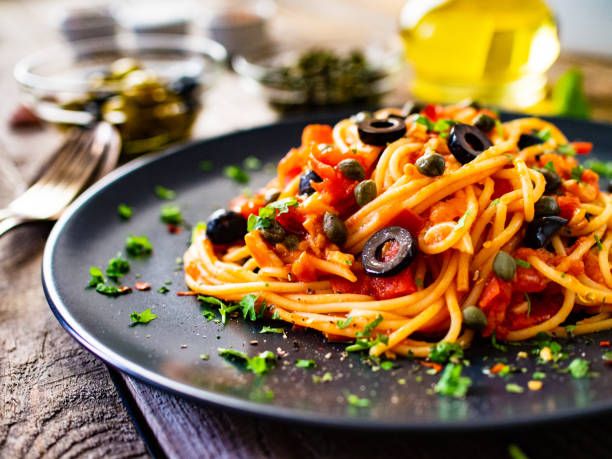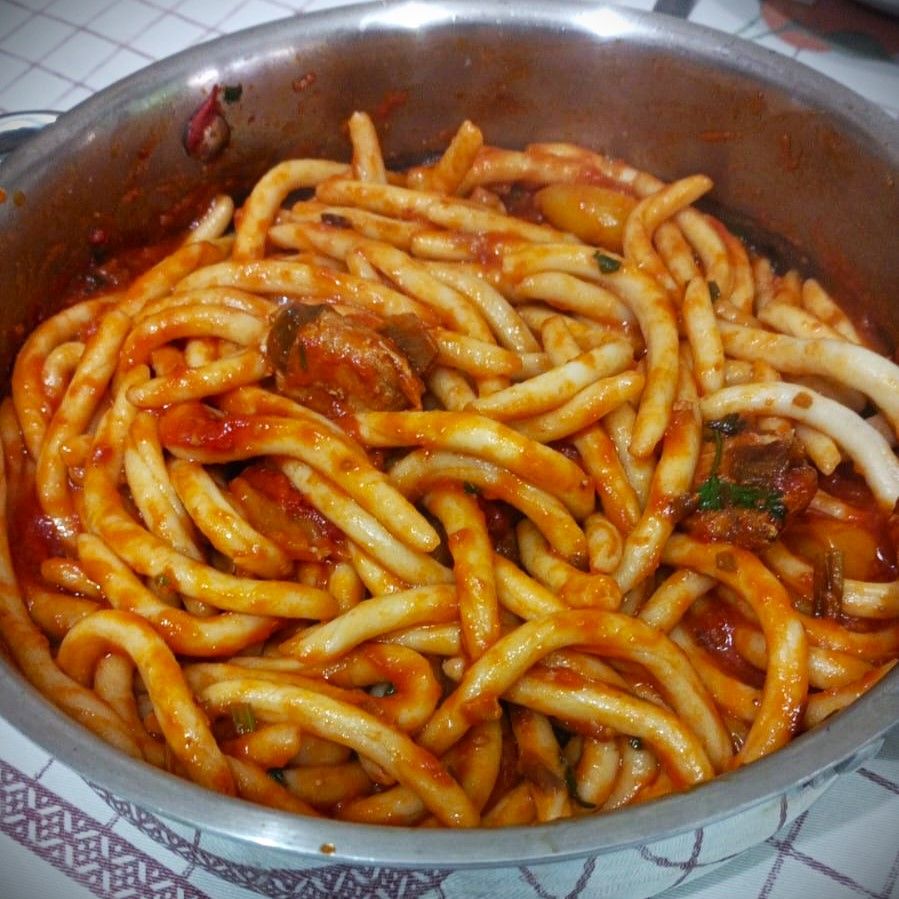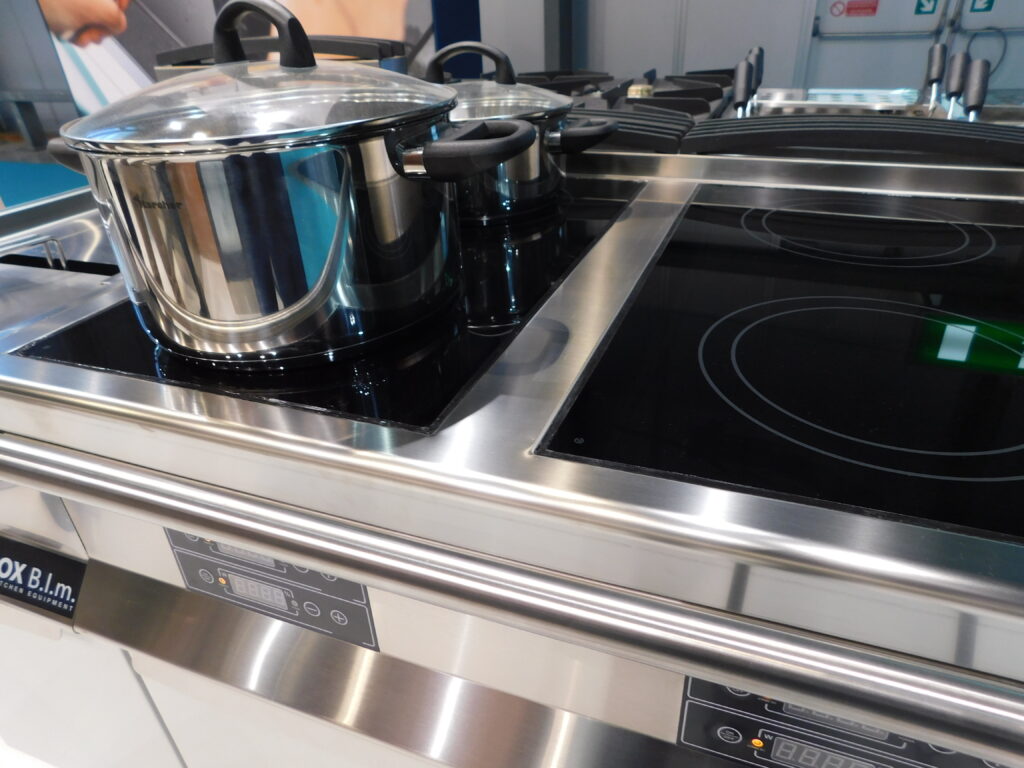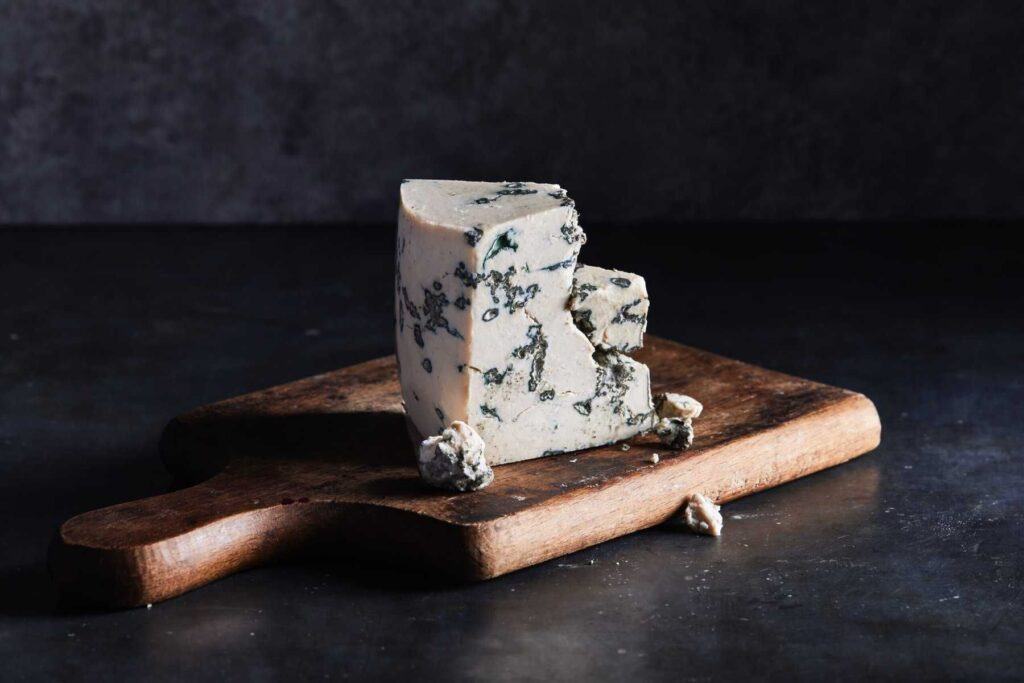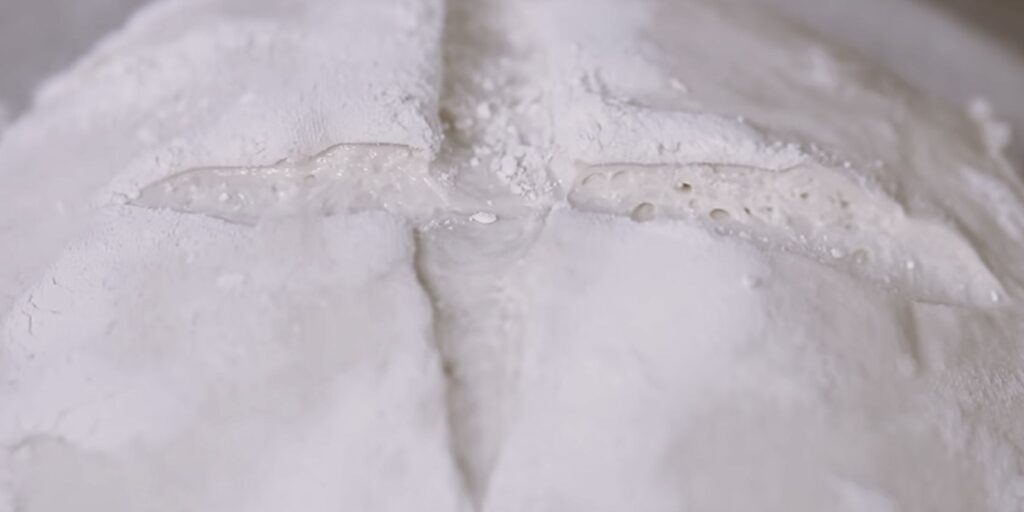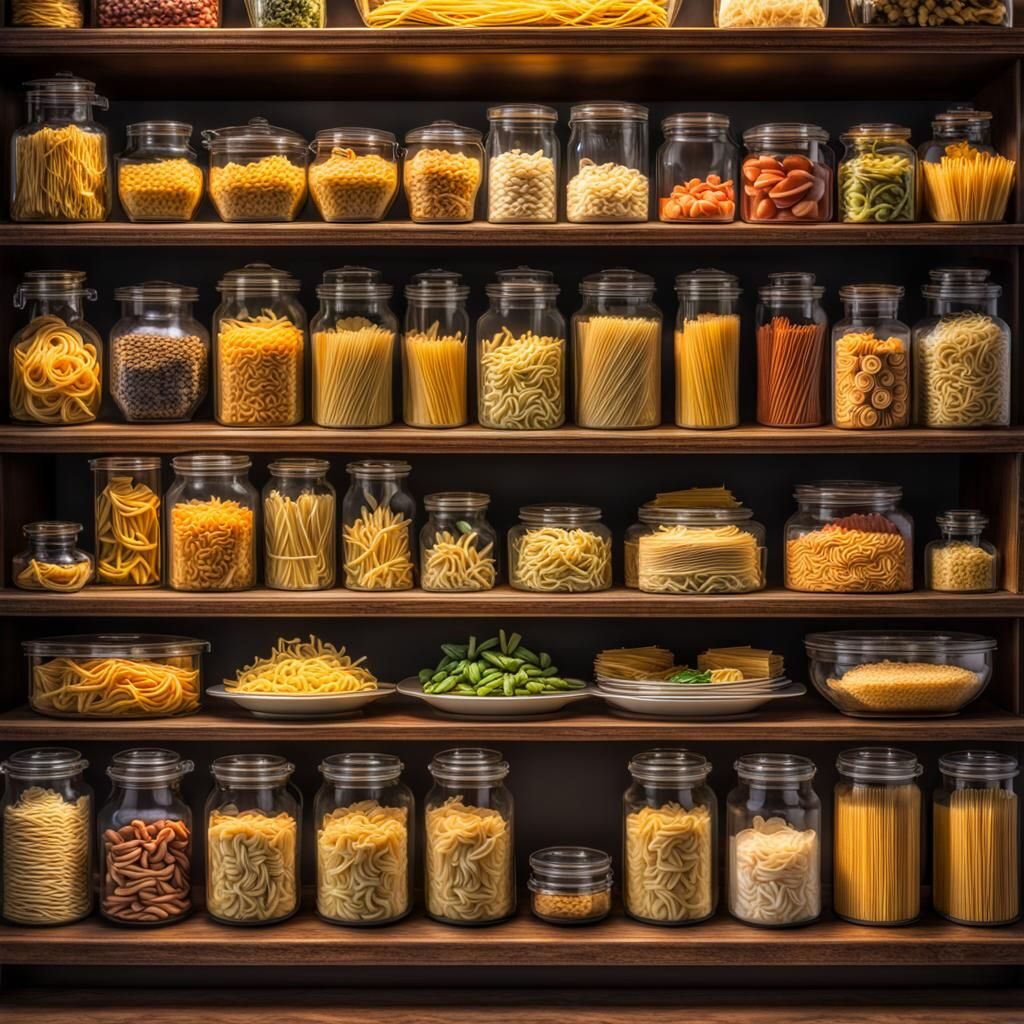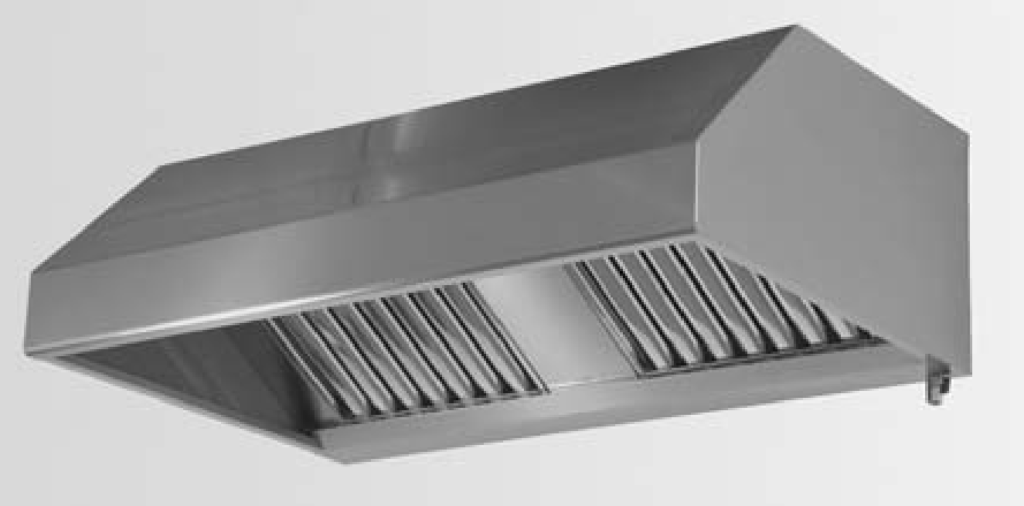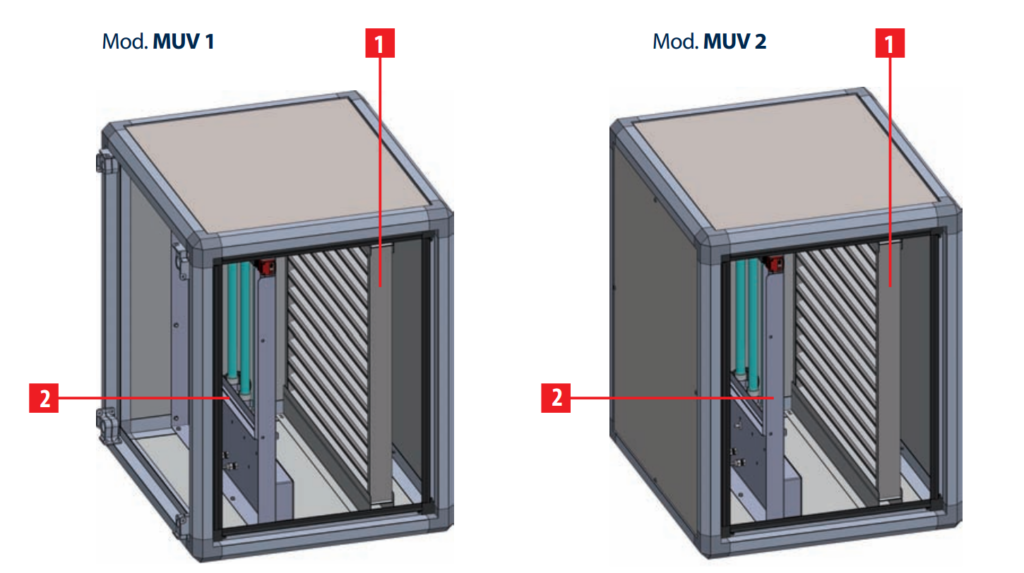Let’s try to answer one of the age-old questions that have long haunted food lovers all over the world: do different pasta shapes have different flavours?
Any pasta lover knows the answer: yes!
But why is that? There are two reasons.
The first explanation is more “intuitive“: different types of dry pasta, even if made with the same ingredients (durum wheat semolina), pair with a sauce differently.
That’s basically why, for each type of sauce there is one (or more) traditionally recommended types of pasta: penne in arrabbiata sauce, spaghetti carbonara, linguine with pesto…
The second explanation, on the other hand, is scientific.
And it was published in the “Journal of Food Science and
Technology” in 2017 (“Impact of oral processing on texture attributes and taste perception“) by a team of scientists.
According to this study, the shape and presence of gluten affect mastication behaviour.
So, as simple as possible, a larger pasta shape will need more chewing time than a smaller one, which “may trigger swallowing of almost not masticated pieces”.
The process of chewing releases “tastants”: taste-provoking chemical molecules that are dissolved in ingested liquids or saliva and stimulate the sense of taste. Those, eventually, “greatly influence oral sensation in the mind”.
Anyway, as I said earlier, pasta lovers already know these things without racking their brains too much.
So, choose the shape of pasta you prefer, its sauce, and cook them with the Inox Bim equipment!

 Italiano
Italiano
